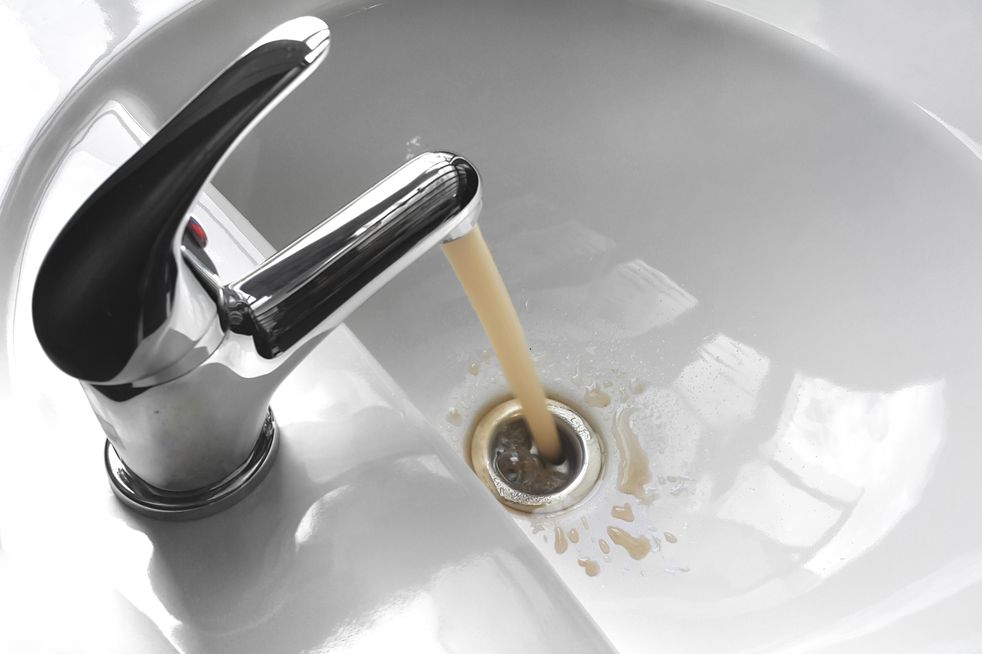Maximize Savings with Top IRMAA Software Solutions
Stepping into retirement planning without considering **irmaa software** is like setting sail without a compass. Delving into the intricate ocean of Medicare expenses and IRMAA fees without this instrument is akin to voyaging without a guiding light,essential for those charting their course towards a financially stable retirement. Delving further,you’ll uncover strategies to shield your nest egg from unforeseen costs that can diminish it. You’ll discover not only why incorporating it into your plan is crucial but also how selecting the right package can make all the difference. So,let’s jump right in and check out these ingenious strategies meant to safeguard your retirement dreams from sinking. Visit www.healthcareretirementplanner.com for more information
Navigating IRMAA: Strategies for Minimizing Medicare Costs
Understanding how Income-Related Monthly Adjustment Amounts (IRMAA) affect your retirement can feel like decoding a secret language. But fear not,we’re here to translate and show you the ropes on keeping those Medicare costs in check.
Understanding IRMAA and Its Effect on Your Retirement
The journey through retirement planning brings many surprises,one of which might be higher Medicare premiums due to IRMAA. This means if your income is above a certain threshold,you’ll pay more for Part B and D plans. Surprisingly,many don’t realize that Medicare premiums are influenced by income through IRMAA,impacting overall financial planning significantly.
To put it bluntly,failing to factor these potential surcharges into your plan could leave it as useful as a chocolate teapot. With most of us relying heavily on Social Security benefits – which automatically cover the bulk of Medicare costs including all IRMAA surcharges – understanding this balance is crucial.
The Role of Certified Planners in Navigating IRMAA
If terms like ‘modified adjusted gross income’ or ‘income tax filing status’ make your eyes glaze over faster than doughnuts at a county fair,then an IRMA-certified planner might just be your knight in shining armor. Employing their profound knowledge and sophisticated IRA applications,these experts craft tactics to mitigate the drain of elevated healthcare expenses on nest eggs for the golden years.
Choosing the Right IRMAA Software for Your Needs
Finding the perfect IRMAA software is like hunting for a needle in a haystack,but it’s worth the effort because getting Medicare costs wrong can torpedo your retirement plan. The best tools not only calculate these costs accurately but also make you wonder how you ever managed without them.
As you sift through the myriad of software options,zero in on those that meticulously detail how your adjusted gross income will be affected. This feature is critical since Social Security benefits automatically cover most of Medicare and all IRMAA surcharges. Without this insight,predicting future expenses becomes guesswork.
An effective healthcare retirement planner should seamlessly integrate with your overall financial goals. Remember,failing to account for every dollar spent on Medicare could render even the most thought-out retirement plans ineffective. Therefore,ensure your chosen solution has robust capabilities to handle various scenarios based on modified adjusted gross income levels and tax filing status adjustments.
